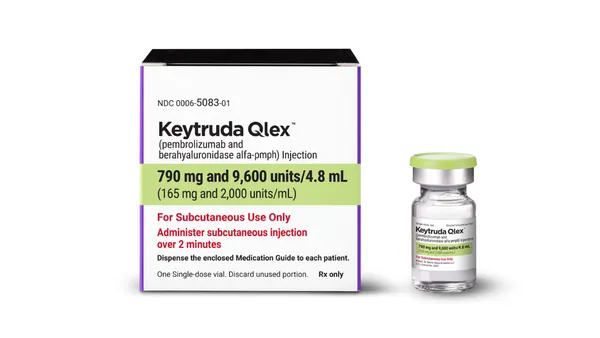What the market needs By Taren Grom VIEW on Advertising March 2007 Advertising and promotion in today’s environment is more complex than ever. Multiple stakeholders, multiple communication channels, and multiple messages require that marketers remain true to a basic fundamental: identify the unmet need and then meet that need. But achieving this goal is anything but basic. Brand teams are living in the best of times and the worst of times. The good news is that there are considerably more options available in terms of how to disseminate a brand’s message through new technologies, customer-segmentation models, and sophisticated market research techniques. The bad news is that there is considerably more pressure to ensure that these same messages are unified, but tailored for each audience; are in compliance with the applicable regulatory guidelines; and are part of a multimedia marketing communications mix. “The world of healthcare communications continues to change, and the pace of change is accelerating,” says Matt Giegerich, CEO of CommonHealth. “Pharmaceutical brand marketers face a mind-numbing array of pressures and priorities as they seek to drive brand adoption and growth.” Mr. Giegerich also notes that as the number of relevant audiences, audience segments, and subsegments in healthcare decision making continues to expand, so too do the communications venues and channels to reach these audiences. The pressure to get it right is never more intense than during the launch phase for a new product. Based on extensive research, Cutting Edge Information analysts have identified five principles in a recent report — US Launch Phase IIIa, Phase IIIb and Launch Year Brand Commercialization — that serve as signposts for market resource allocations as they relate to the commercial launch of new products in the United States, one of which relates to the need to shift the spending focus to advertising and promotion as products move toward launch. Advertising and promotion almost doubles during the launch phase, receiving about 65% of the launch-year funds versus 29% allocated during Phase IIa and 34% in Phase IIIb. Another recommendation is to confirm the role of major cost categories in the total financial allocation. Next is to invest in early decision-support activities to identify unmet needs in the marketplace. According to Mark McCoy, R.Ph., senior VP/senior brand planner at Palio Communications, when developing a strategy for a new brand, anything about the brand that is unique is a potential source of differentiation. “As the marketing saying goes, ‘be distinct or be extinct;’ account planning tools and analysis can help marketers understand how to fully exploit their brand’s unique mechanism of action,” he says. Furthermore, analysts stress the importance of prepping the market in the preapproval stage to maximize a product’s potential sales uptake. Such efforts include medical education, prelaunch salesforce efforts focused on raising disease state awareness, and developing relationships with the target audience and key opinion leaders. Lastly, according to Cutting Edge Information, marketers should use the brand’s strongest asset to build the core marketing strategy. Taren Grom Editor
An article from


Letter from the Editor
Filed Under:
Commercialization









